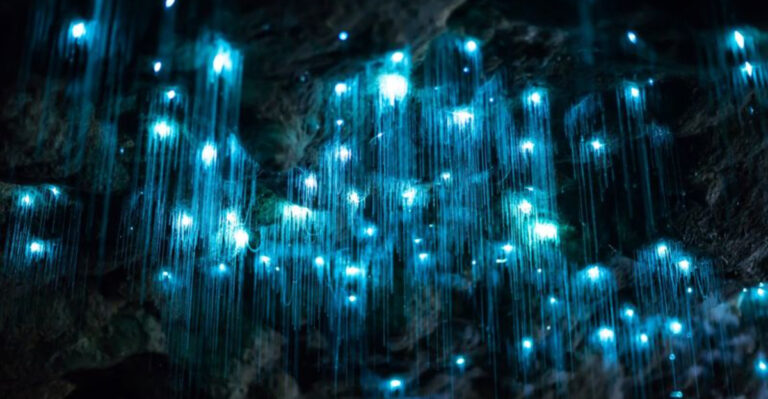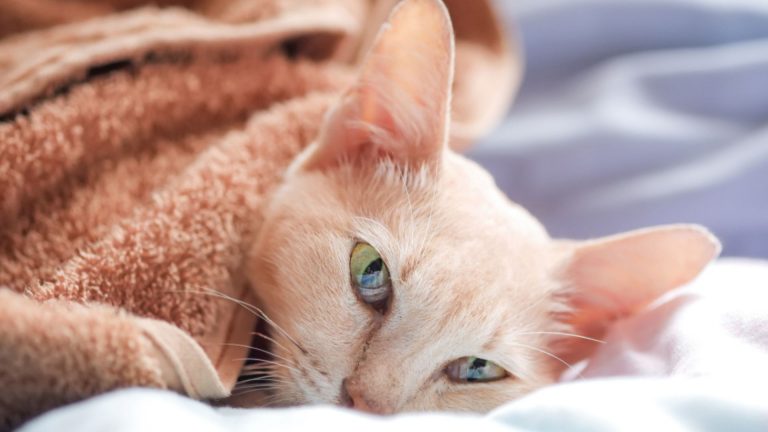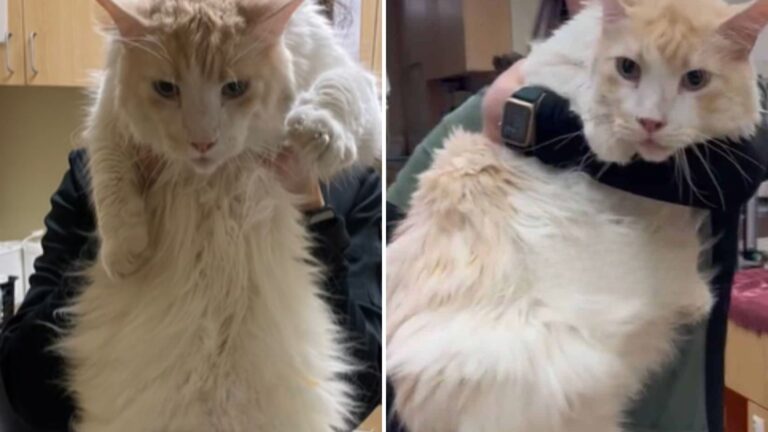120 Years Of Conservation Efforts, The Remarkable Revival Of Yellowstone’s Bison
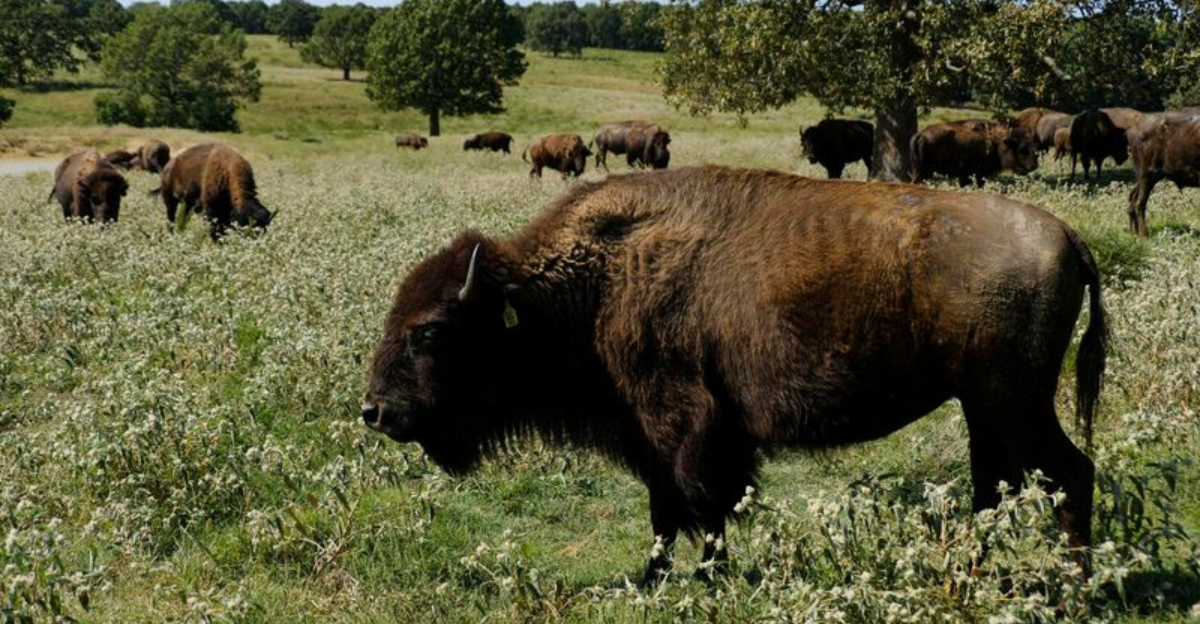
Yellowstone’s bison once faced extinction with fewer than 25 animals remaining in the wild by 1902. Their journey from near-disappearance to a thriving herd of over 4,000 today represents one of America’s greatest wildlife comeback stories.
This remarkable revival shows what can happen when people work together to protect these massive, majestic animals that have roamed North America for thousands of years.
The History Of Yellowstone’s Bison Population
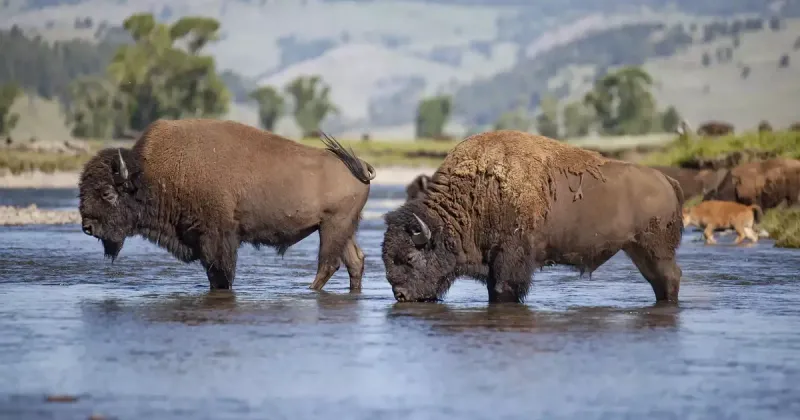
Millions of bison once thundered across North America, shaping the Great Plains ecosystem. Native tribes relied on these massive creatures for food, shelter, and spiritual practices.
By the late 1800s, commercial hunting had devastated the population. Military campaigns encouraged bison slaughter to weaken Native American resistance, bringing the species to the brink of extinction.
Early Efforts In Yellowstone
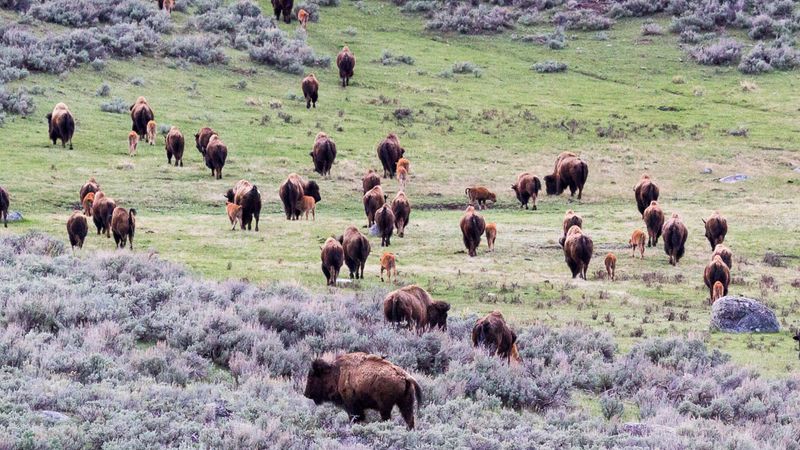
In 1872, Yellowstone became America’s first national park, though initially without specific bison protections. Poaching continued until 1894, when the Lacey Act made killing wildlife in national parks illegal.
Soldiers patrolled on horseback through harsh winters to protect the remaining animals. These early guardians faced dangerous conditions and armed poachers in their mission to save the last wild bison.
The Establishment Of The Yellowstone Bison Herd
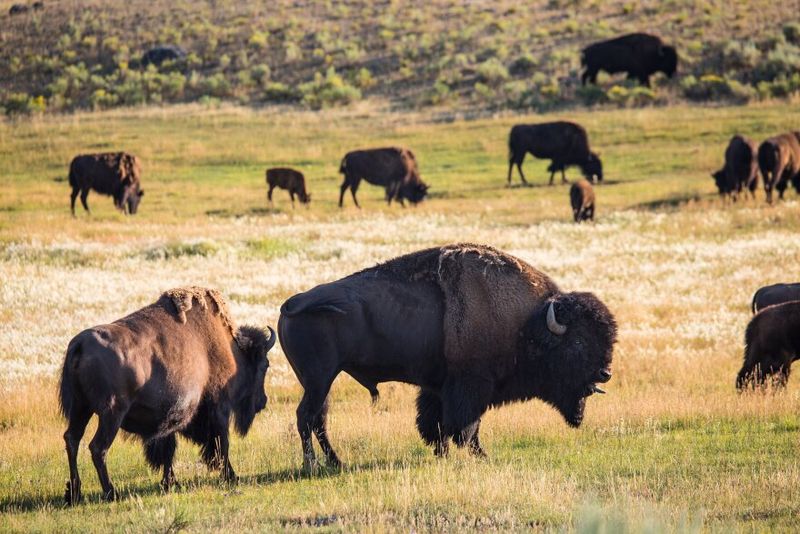
By 1902, just 23 wild bison remained in Yellowstone’s remote Pelican Valley. Park officials took dramatic action, purchasing 21 bison from private ranches to bolster the dwindling population.
The Lamar Buffalo Ranch was established as a conservation center. Here, bison were bred in semi-captivity and eventually released into the park, forming the foundation of today’s thriving herds.
Challenges Faced During Early Conservation
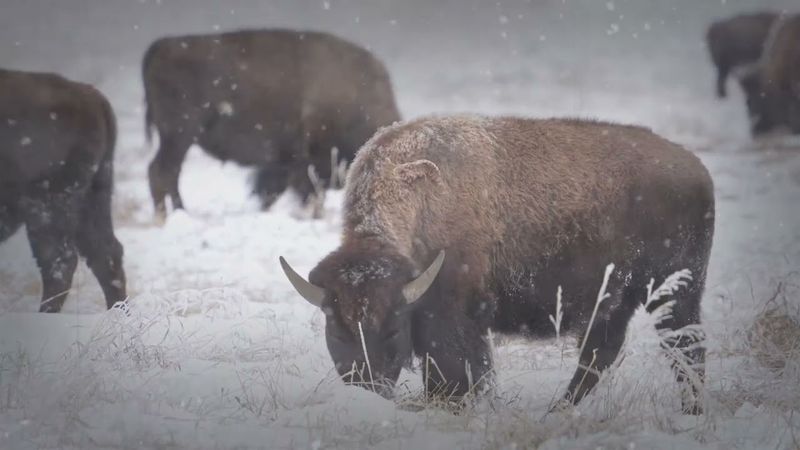
Brucellosis, a bacterial disease transmitted from cattle, threatened both bison and the nascent conservation effort. Harsh Yellowstone winters with deep snow made finding food difficult for the growing herd.
Political pressure from ranchers fearing disease transmission to cattle complicated protection efforts. Despite these obstacles, dedicated conservationists persisted, developing innovative solutions like supplemental feeding during severe winters.
Government And Private Sector Involvement
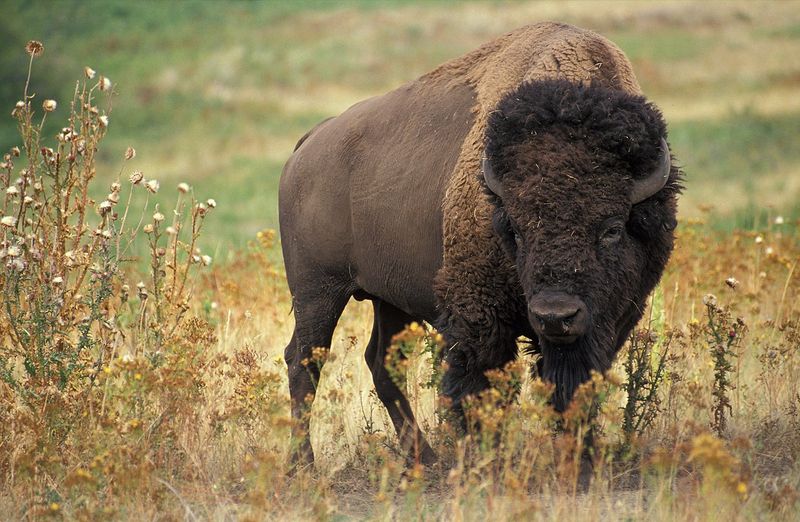
The American Bison Society, founded in 1905 by William Hornaday and Theodore Roosevelt, raised funds and awareness for bison conservation. Their advocacy led to crucial government protections and the establishment of new herds.
The National Park Service, created in 1916, brought professional wildlife management to Yellowstone. Private donors and conservation groups contributed vital funding when federal resources fell short.
Population Growth And The Expansion Of Their Territory
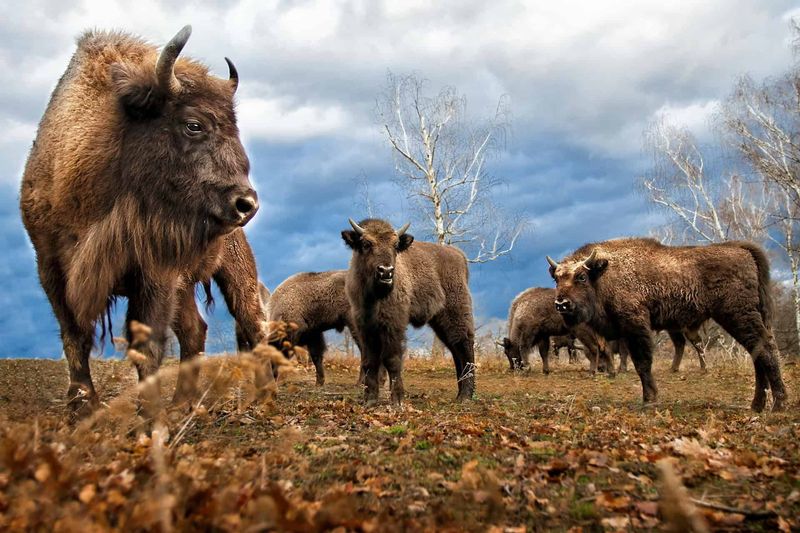
From the brink of extinction, Yellowstone’s bison population rebounded dramatically. By the 1930s, the herd had grown to over 1,000 animals, requiring expanded grazing territory.
The Central herd established itself around Old Faithful, while the Northern herd occupied the Lamar Valley. This natural separation created genetic diversity, strengthening the species’ resilience against disease and environmental changes.
The Role Of Native American Tribes In Bison Revival
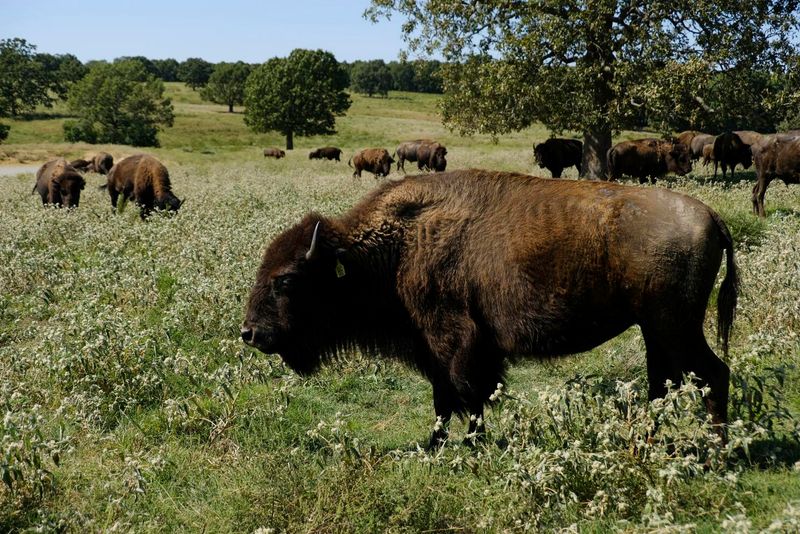
The InterTribal Buffalo Council, formed in 1992, has helped return bison to tribal lands across 19 states. For tribes like the Blackfeet and Crow, these animals represent cultural renewal and healing from historical trauma.
Traditional ecological knowledge from Native communities has informed modern conservation practices. Many tribes now manage their own successful bison herds, creating sustainable food sources while honoring ancestral connections.
The Ecological Importance Of Bison In Yellowstone
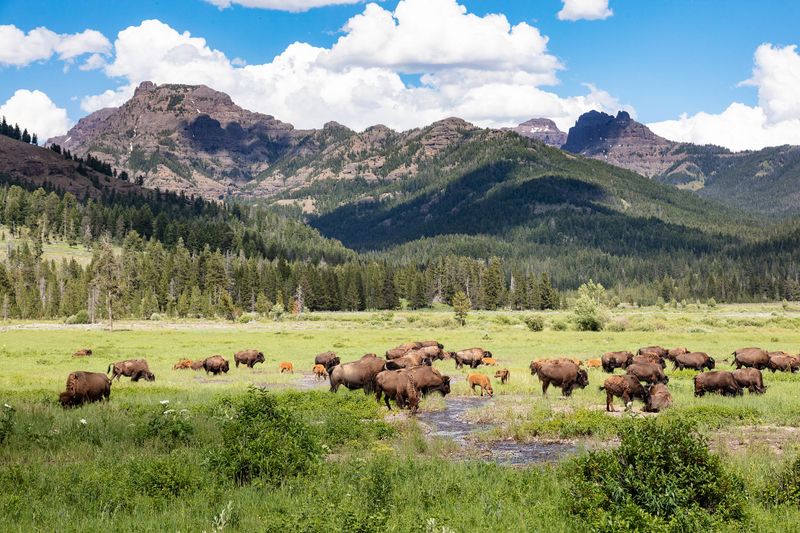
Bison function as ecosystem engineers, creating habitat diversity through their grazing patterns. Their wallowing behavior creates depressions that collect rainwater, forming microhabitats for amphibians and insects.
As they shed their thick winter coats, birds collect bison fur for nesting material. Their hooves break soil crusts, allowing water infiltration and seed germination, while their nutrient-rich droppings fertilize the landscape.
The Ongoing Efforts To Maintain A Healthy Bison Herd
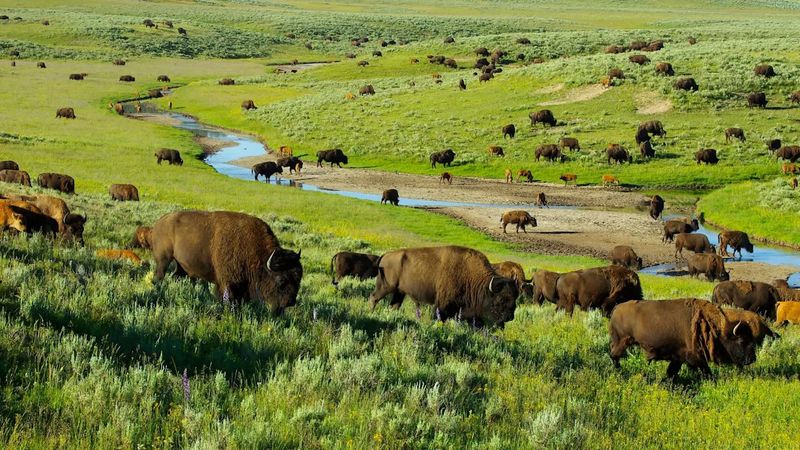
Modern management includes annual population surveys using helicopters and field counts. When herds exceed sustainable levels, controversial culling operations prevent overgrazing and conflicts with neighboring communities.
Scientists monitor genetic diversity through DNA analysis of hair and tissue samples. A groundbreaking quarantine program now allows disease-free bison to be relocated to new conservation areas rather than slaughtered, expanding their range beyond park boundaries.
Looking To The Future
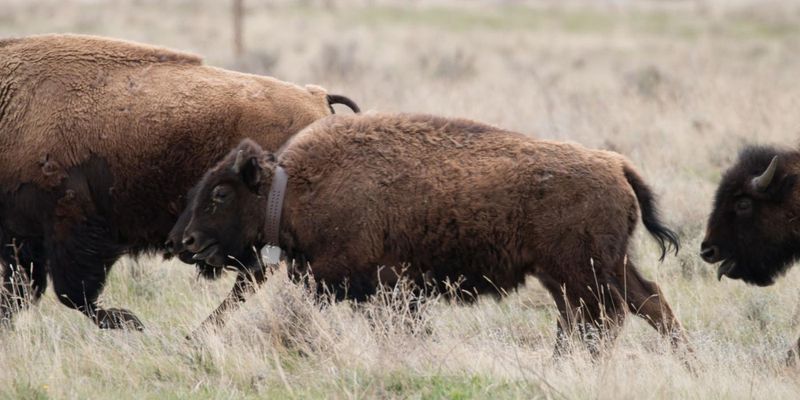
Climate change presents new challenges, potentially altering the grasslands bison depend on. Researchers are using GPS collars and remote sensing to track how changing conditions affect migration patterns.
The Yellowstone Bison Coexistence Program works with landowners to reduce conflicts when animals leave the park. Public education initiatives help visitors understand these animals aren’t docile park attractions but wild creatures essential to America’s ecological heritage.

